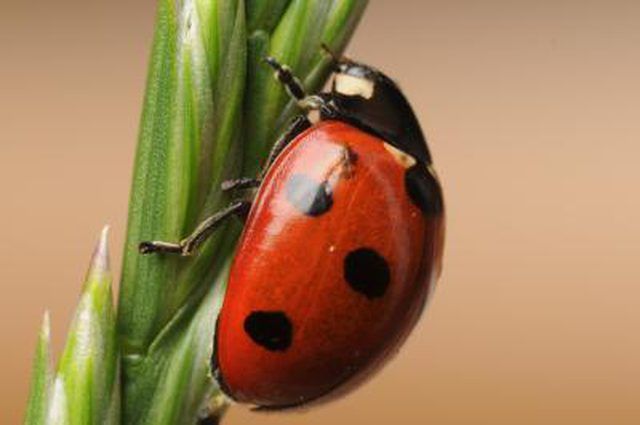Bulbs
Flower Basics
Flower Beds & Specialty Gardens
Flower Garden
Garden Furniture
Garden Gnomes
Garden Seeds
Garden Sheds
Garden Statues
Garden Tools & Supplies
Gardening Basics
Green & Organic
Groundcovers & Vines
Growing Annuals
Growing Basil
Growing Beans
Growing Berries
Growing Blueberries
Growing Cactus
Growing Corn
Growing Cotton
Growing Edibles
Growing Flowers
Growing Garlic
Growing Grapes
Growing Grass
Growing Herbs
Growing Jasmine
Growing Mint
Growing Mushrooms
Orchids
Growing Peanuts
Growing Perennials
Growing Plants
Growing Rosemary
Growing Roses
Growing Strawberries
Growing Sunflowers
Growing Thyme
Growing Tomatoes
Growing Tulips
Growing Vegetables
Herb Basics
Herb Garden
Indoor Growing
Landscaping Basics
Landscaping Patios
Landscaping Plants
Landscaping Shrubs
Landscaping Trees
Landscaping Walks & Pathways
Lawn Basics
Lawn Maintenance
Lawn Mowers
Lawn Ornaments
Lawn Planting
Lawn Tools
Outdoor Growing
Overall Landscape Planning
Pests, Weeds & Problems
Plant Basics
Rock Garden
Rose Garden
Shrubs
Soil
Specialty Gardens
Trees
Vegetable Garden
Yard Maintenance
How Do Ladybugs Help the Environment?
How Do Ladybugs Help the Environment?. Ladybugs, also known as lady beetles or ladybirds, are among the most familiar beetles in the world. Their orange-red and black bodies and spot variations make them instantly identifiable, even though nearly 5,000 species exist. They have 300 different types in North America alone. Ladybugs serve many...

Ladybugs, also known as lady beetles or ladybirds, are among the most familiar beetles in the world. Their orange-red and black bodies and spot variations make them instantly identifiable, even though nearly 5,000 species exist. They have 300 different types in North America alone. Ladybugs serve many beneficial roles in home gardens and the environment as a whole because they prey on tiny insects that can destroy flowers and crops.
Home Garden Helpers
Garden ladybugs help gardeners by getting rid of unwanted pests and their eggs. Ladybugs and their larvae eat other adult insects, nymphs and larvae, including aphids, scales, mealy bugs, leafhoppers, mites and other soft-bodied insects. Ladybugs are natural voracious predators of many garden pests, and a single ladybug may consume as many as 5,000 aphids during its lifetime. Ladybugs control garden pests simply and effectively without having to use harmful pesticides.
Friends to Farmers
Many farmers rely heavily on ladybug populations to help maintain pest control on their crops. Aphids cause major crop damage and ladybugs keep them in check. Instead on tiny aphids feeding on plant juices and destroying crops, ladybugs feed on aphids. They lay hundreds of eggs in aphid colonies and, when they hatch, the ladybug larvae feed on the aphids immediately. A healthy ladybug population can keep insect pests low and reduce the need for insecticides. Ladybugs are beneficial to farmers because they eliminate these pests in an inexpensive and safe way.
Twig and Tree Saves
Not only are ladybugs important in controlling pests in gardens and crops, they are also valuable predators that eat insects that destroy forests. Many ladybugs are adapted to living in trees and feed on harmful tree-dwelling insects. Ladybug larvae are often found eating twig aphids. Many tree farmers release ladybugs in the spring in their tree fields to help control twig aphids. In the 1880s, ladybugs were brought from Australia in an attempt to save California citrus trees from pests. Ladybugs were so successful that over 100 different species have been introduced to North America to aid in pest control.
Ladybug Lures
Attract ladybugs to your yard by growing the right kind of plants and maintaining a ladybug-friendly environment. Annual flowers and herbs such as cosmos (Cosmos bipinnatus) and dill (Anethum graveolens) to lure ladybugs into your garden. During fall, ladybugs look for shelter to hibernate in during the winter. Provide a ladybug habitation box to encourage them to stay and live in your garden. The habitation box offers them a safe haven to lay and incubate their eggs. You can also attract ladybugs by offering plenty of water sources, such as a bird bath. Avoid using insecticides on your garden because this could repel or harm ladybugs.
Limits on Ladybugs
Ladybugs are beneficial to our environment, but they can also become a nuisance in the fall. They may swarm around your house, windows, doors and porches and they may even come inside looking for a safe place to hibernate during the winter months. Prevent them from coming into your house by sealing all cracks around your windows, doors or siding. If they are inside your house, vacuum them up and release them go a safe distance from your house. Remember it's only temporary; they will be gone once winter arrives.